
The number one thing I first tell people about to embark on a social media journey is to consider their audience. Your audience, like you, is a multi-faceted bunch. They don’t have merely one interest. They have multiple interests, hobbies, and they’re complex creatures. So wouldn’t it make sense that you should listen to all the things they have to say and post about some of their other interests?
You’re not the center of the universe
If you’re a man posting on social media, listen to what your women friends have to say. If you’re a woman, listen to what your men friends are saying. If you’re older, listen to the whippersnappers. And so on! (Joking about the whippersnappers, by the way.) You get the general idea. You’ve got to be somewhat flexible. And listen. A lot. If you don’t know how to find who your audience is, you might like this article: Who Are You Writing For? Target Audience and Social Media.
Why it’s easier when you’re not the center of the universe
Have you ever tried to have a conversation when the other person doesn’t say a word? It’s exhausting, isn’t it? Since you’re not talking, I’ll answer that question for you. YES, IT’S EXHAUSTING. It’s so much easier when there’s a back-and-forth volley in the conversation. Teachers who don’t have conversations must have a difficult time since it’s like a one-way valve when they’re lecturing. A conversation is so much more satisfying. And if you don’t know how to have a conversation, Indeed has this nifty guide: 13 Ways to Start a Conversation. (I like the one about showing genuine interest.)
Speak in your audience’s voice
Now, this might be a little trickier, but if you can incorporate some of your audience’s language, that could really engage your audience more. See what they say, how they say it, and what specific words they use to describe things. Maybe they also use a lot of emojis. Don’t completely mirror their voice, but incorporate some elements into your voice. Here’s an article you might like about your audience and their voice: Audience: Use Its Language. Yes, it was written back in the day, but still relevant (if I do say so myself!).
We have two ears and one mouth for a reason
Someone said that once, and I’ve always remembered it. More listening and less talking is a good idea. After all, as my friend Amy Donohue is fond of saying it’s called SOCIAL media, so keep it social. By the way, Amy just wrote a terrific book–Social Media Stole My Kidney, which you can find on Amazon (highly recommended).
Share, be generous, and collaborate
When you share what others are saying and doing first, they’re much more likely to want to share what you have to say, too. So be generous, collaborate, tag others, and again–it’s not all about you! People are much, much, MUCH more likely to follow you if you make it about them first.
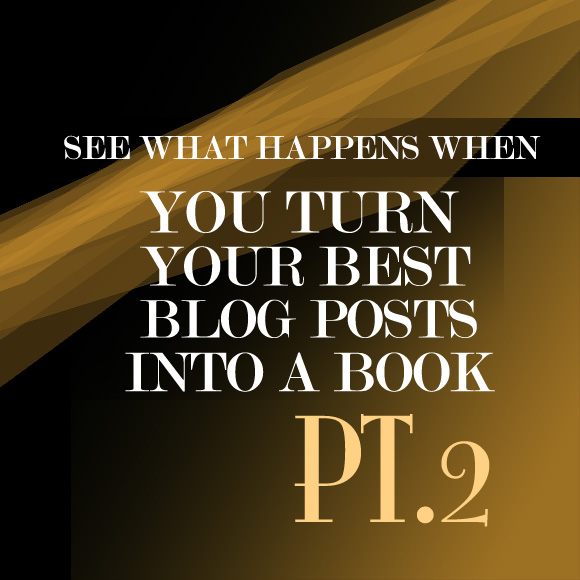
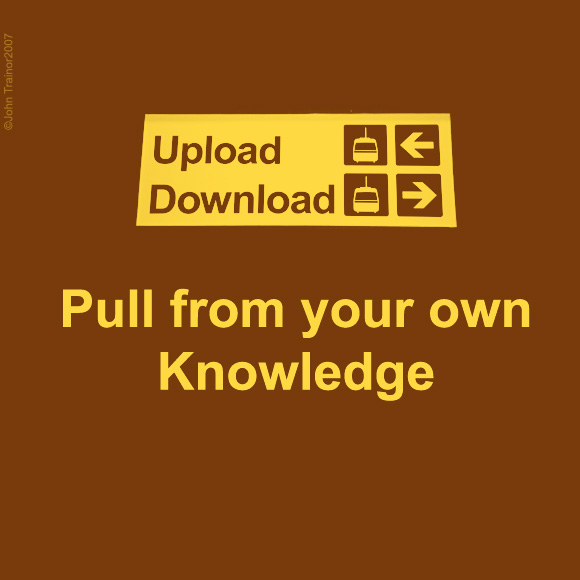





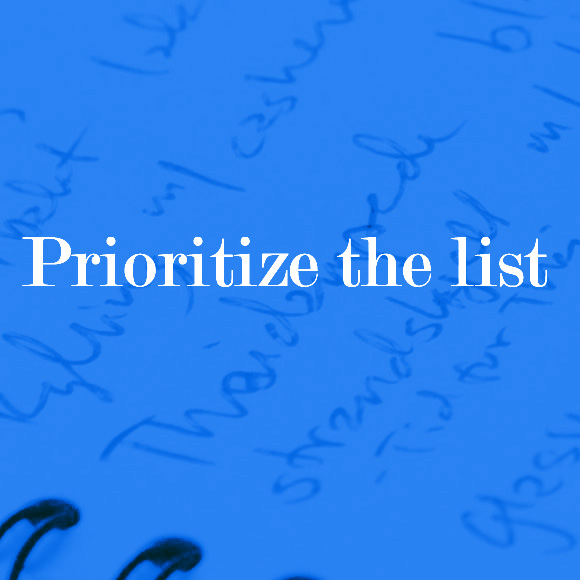


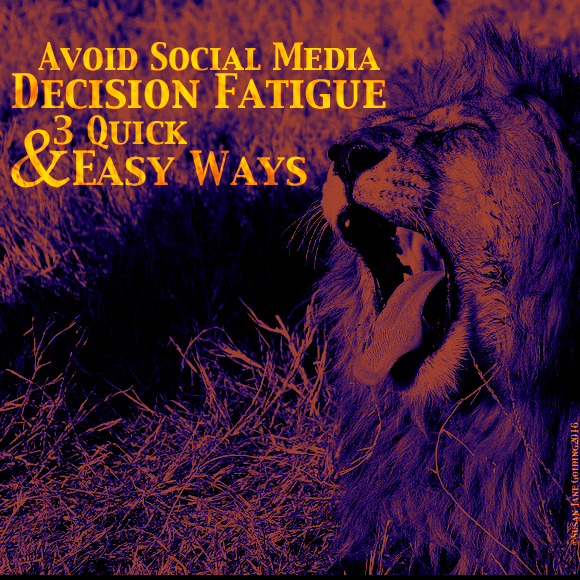


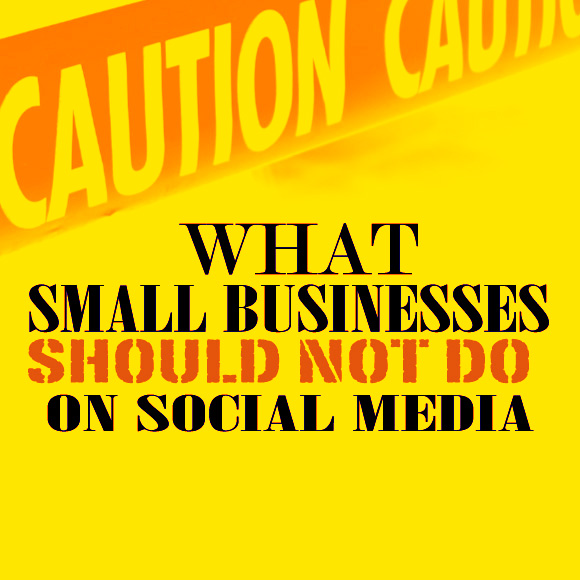

Follow Carol!